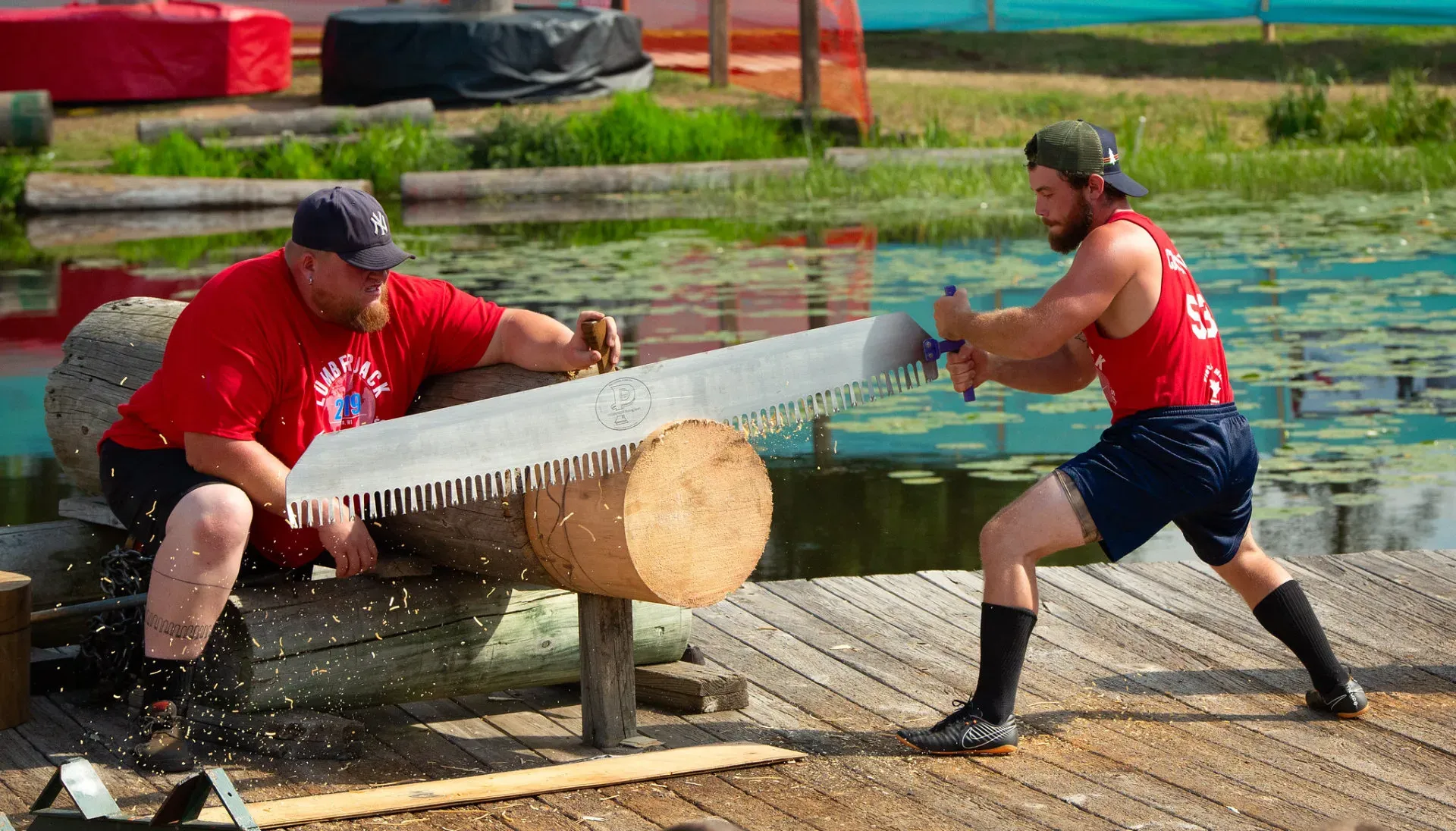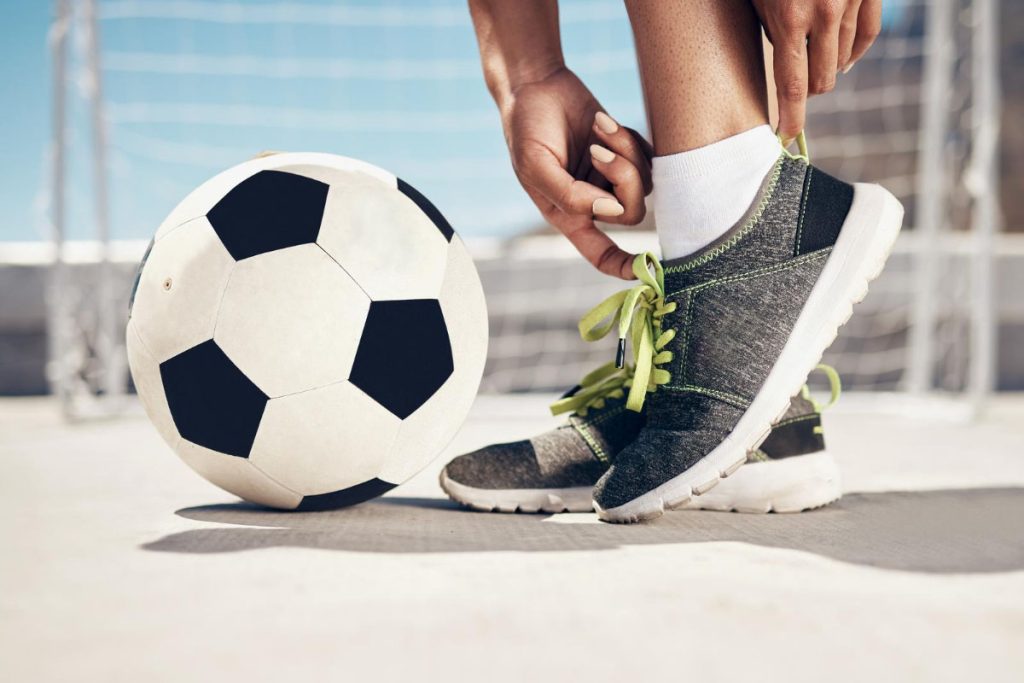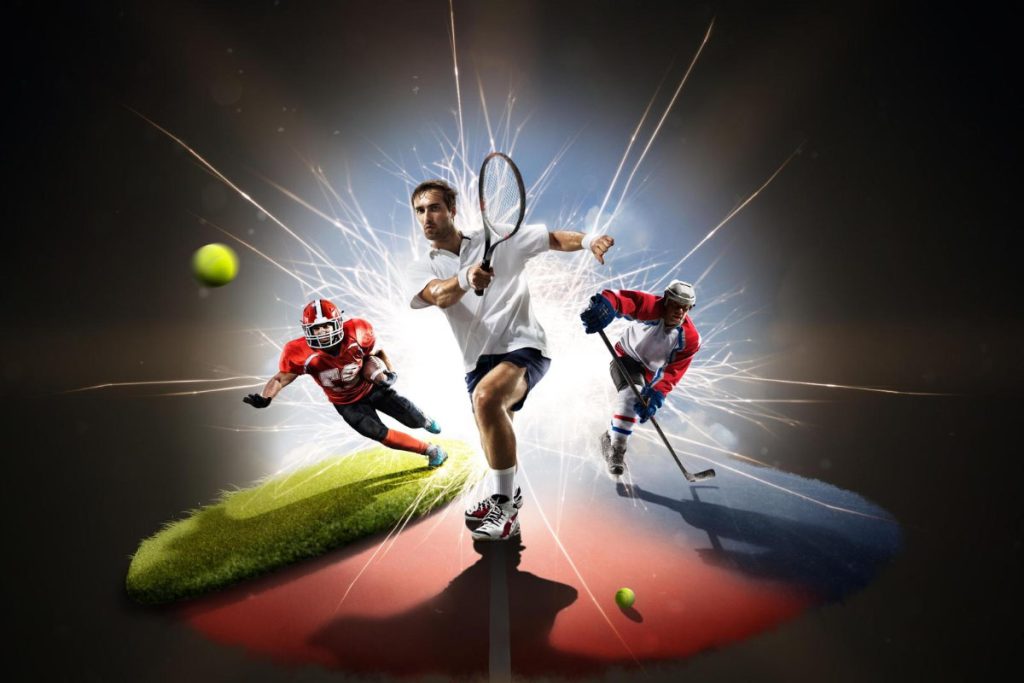Sport lumberjacking is more than just a test of strength; it’s a captivating blend of skill, technique, and sheer determination. Athletes like Stéphanie Naud are leading the way in this exhilarating sport, showcasing their abilities on the world stage as they prepare for the upcoming World Championship in Wisconsin from July 16 to 19. With impressive feats such as her record-breaking wood splitting in just 24 seconds, Naud exemplifies the dedication required to excel in sport lumberjacking. The precision involved in chainsaw technique, along with the judgment needed for selecting the perfect wood, plays a crucial role in achieving success in competitive events. Sport lumberjacking challenges competitors not just physically, but mentally, making it a truly unique sporting discipline.
Also referred to as competitive lumberjacking, this exhilarating sport combines athletic prowess with the art of cutting timber. Enthusiasts like Stéphanie Naud have brought significant attention to this field, particularly as they gear up for prestigious events like the World Championship. Notably, the sport emphasizes not only physical strength but also critical techniques such as chainsaw handling and efficient wood splitting. Participants must demonstrate remarkable skill and strategy, honing their craft through rigorous training and competition across various regions. This dynamic sport captivates audiences and athletes alike, making it an exciting spectacle for all involved.
The Rise of Sport Lumberjacking: A Unique Athletic Discipline
Sport lumberjacking combines the thrill of competition with the skills needed in traditional logging practices. Athletes like Stéphanie Naud have taken this unique sport to new heights, showcasing not just physical strength but also precision and technique. With events ranging from log rolling to chainsaw carving, sport lumberjacking requires athletes to master various tools and techniques, making it a diverse challenge for competitors. It has gained popularity not only in Canada but worldwide, drawing attention to the skills of professional lumberjacks and the heritage of logging traditions.
Training for sport lumberjacking is rigorous and multifaceted. Athletes often start their journey in local competitions, gradually making their way up to prestigious events such as the World Championship in Wisconsin. For instance, Stéphanie Naud began her journey at McGill University, where she honed her skills alongside other aspiring lumberjacks. The sport’s growing recognition is attributed to athletes showcasing their talents on international platforms, thereby inspiring a new generation of sport lumberjack athletes.
Stéphanie Naud: Breaking Records in Lumberjack Sports
Stéphanie Naud has made a significant mark in the sport lumberjacking community, especially after breaking the world record for splitting an 11-inch aspen log in an impressive 24 seconds in 2022. This remarkable achievement highlights not only her physical prowess but also her mastery of chainsaw techniques essential for success in this demanding sport. Naud’s career exemplifies the evolution of sport lumberjacking, as athletes continue to push boundaries and demonstrate what is possible with dedication and skill.
In interviews, Naud emphasizes the importance of determination and technique in achieving such feats. She notes that while physical strength is crucial, being analytical about the chainsaw technique and wood splitting process is equally important. Athletes must understand the properties of different types of wood, preparing them well for competitions. As Stéphanie Naud prepares for the upcoming World Championships, her journey emboldens others who wish to pursue sport lumberjacking as both a sport and a profession.
Training Essentials for Aspiring Lumberjack Athletes
The right training regimen is vital for success in sport lumberjacking, beginning with the acquisition of the necessary skills. Potential athletes should focus on physical conditioning, strength training, and mastering chainsaw techniques. This preparation helps athletes like Stéphanie Naud navigate various competitions, ensuring they are ready to tackle challenges with poise and effectiveness. Furthermore, understanding the wood splitting process and selecting the appropriate wood types for practice can dramatically influence an athlete’s performance during events.
Aspiring lumberjack athletes often face challenges when sourcing proper training materials. Fresh wood is essential for practice, particularly softwood species such as aspen and white pine. As Naud highlights, finding the right logs is a significant part of training, where local suppliers and logging schools can assist in supplying the fresh materials necessary for honing skills. Integrating this practice into a structured training plan allows budding lumberjacks to refine their skills effectively, setting them on a path to potential competition success.
The Importance of Technique in Lumberjacking
Technique plays a critical role in sport lumberjacking, where precision is just as vital as raw strength. Athletes like Stéphanie Naud demonstrate that effectively wielding a chainsaw and understanding the mechanics of wood splitting can significantly impact performance. Mastering these techniques requires hours of practice and an analytical mindset, as slight adjustments can lead to remarkable improvements in speed and quality of work. Athletes are encouraged to study their methods critically, continually seeking to refine their approach.
Competitions place even greater emphasis on technique, where the difference between a winning time and a failed attempt can be minuscule. Events are judged not only on speed but also on how well contestants execute their techniques under pressure. This need for precision means that successful sport lumberjack athletes dedicate time to both physical training and technical understanding, ensuring they can perform optimally when it matters most.
Equipment Mastery: Keys to Success in Lumberjacking
A lumberjack athlete’s performance hinges significantly on their mastery of equipment, especially chainsaws. Proper use of such tools requires not just strength but also an in-depth understanding of how each component works, making training vital for success in the sport. For Stéphanie Naud, excelling in chainsaw techniques is as essential as her physical conditioning, allowing her to split wood efficiently and effectively during competitions. Athletes must familiarize themselves with various brands and models to determine which tools best suit their style and provide optimal performance.
Moreover, routine maintenance of equipment plays a crucial role in ensuring reliability during competitions. Athletes should regularly inspect their chainsaws, ensuring they function correctly and are safe to use. Proper handling and maintenance can prevent accidents and mechanical failures that could jeopardize performance. By pairing proper training with well-cared-for tools, sport lumberjack athletes can maximize their potential in competitions, enhancing their likelihood of success in events like the World Championship.
The Cultural Impact of Sport Lumberjacking
Sport lumberjacking is more than just an athletic competition; it is a celebration of logging culture and traditions passed down through generations. Athletes such as Stéphanie Naud play a crucial role in preserving this heritage while simultaneously modernizing it through competitive events. The sport highlights the significance of forestry in local economies and educates the public about sustainable practices in logging. By participating in events and showcasing their skills, these athletes help keep the essence of sport lumberjacking alive.
Furthermore, the sport promotes community engagement, often drawing local crowds to events that celebrate their connection to the woods and logging history. Competitions frequently feature not only athletic events but also educational workshops, encouraging entire families to participate. As public interest in sport lumberjacking grows, it helps create awareness of environmental issues and the importance of maintaining sustainable practices in forestry, making lumberjacking a culturally rich and relevant sport.
Challenges Faced by Lumberjack Athletes
Despite the excitement surrounding sport lumberjacking, athletes often face a range of challenges in pursuing their passion. One significant hurdle is the physical demands of the sport, which requires rigorous training and conditioning. For competitors like Stéphanie Naud, maintaining peak physical fitness is essential to excel in events that can be both physically and mentally taxing. The constant emphasis on strength and technique can sometimes lead to physical strain or injury, requiring athletes to carefully balance training with recovery.
Additionally, finding suitable training environments presents its own challenges. Access to fresh wood for practice is a persistent issue, as athletes need the right materials to replicate competition conditions. Fresh softwood species, like aspen and white pine, might not always be readily available, pushing athletes to source these materials creatively. Naud’s experiences illustrate the importance of community support in overcoming these challenges, as local logging companies and sports organizations often play a crucial role in helping athletes find the resources they need.
The Future of Sport Lumberjacking
As the sport of lumberjacking continues to grow and evolve, its future looks promising, with burgeoning interest in competitive events. Athletes like Stéphanie Naud lead the charge, representing a new generation of lumberjack competitors who are passionate about the heritage while embracing modern practices. The upcoming World Championship in Wisconsin offers a platform for these athletes to showcase their skills and inspire many more to take up the sport, potentially fueling growth in communities where logging is a tradition.
The future will likely see further integration of advanced techniques and technologies in training and competition. Athletes may incorporate new tools and methods to enhance efficiency and performance, setting the stage for even greater achievements in the sport. As more individuals recognize the excitement of sport lumberjacking, it functions as a means to promote environmental awareness and showcase the importance of sustainable forestry practices, thereby securing a blend of athletic competition and ecological responsibility in the years to come.
Frequently Asked Questions
What skills are needed for sport lumberjacking like Stéphanie Naud?
To excel in sport lumberjacking, athletes like Stéphanie Naud require a combination of physical strength, determination, and advanced chainsaw technique. Analytical skills are also crucial to mastering wood splitting and optimizing performance during competitions.
How has Stéphanie Naud prepared for the World Championship in sport lumberjacking?
Stéphanie Naud has engaged in extensive training for the World Championship in sport lumberjacking, which includes practicing with chainsaws and honing her wood splitting skills with specific softwood species like aspen and white pine. Her dedication to this sport is evident in her preparation and previous record-breaking performances.
What is the importance of wood selection in sport lumberjacking?
Wood selection is vital in sport lumberjacking as it affects performance. Athletes, including Stéphanie Naud, prefer fresh wood and softwood species such as aspen or white pine to practice splitting effectively. The right materials contribute to technique improvement and competition readiness.
What record did Stéphanie Naud set in the field of sport lumberjacking?
In 2022, lumberjack athlete Stéphanie Naud set a remarkable world record by splitting an 11-inch aspen log in just 24 seconds, showcasing her exceptional skill in chainsaw technique and her prowess in sport lumberjacking.
Where can aspiring sport lumberjacking athletes like Stéphanie Naud train?
Aspiring sport lumberjacking athletes can train at institutions like McGill University in Quebec, which offers unique opportunities to engage in the sport. Competing in events throughout Eastern Canada also helps them gain experience and improve their chainsaw skills.
What are the challenges in sport lumberjacking training?
Training in sport lumberjacking presents challenges such as finding suitable training wood, which must be fresh and of the right softwood species like aspen or white pine. Athletes like Stéphanie Naud must also balance their training time with physical sacrifices and consistent practice in chainsaw techniques.
What competitions does Stéphanie Naud participate in?
Stéphanie Naud participates in multiple competitions throughout Eastern Canada, culminating in events like the World Championship in sport lumberjacking, where she seeks to demonstrate her skills and compete at the highest level.
| Key Point | Details |
|---|---|
| Athlete Background | Stéphanie Naud is a sport lumberjack athlete preparing for the World Championship. |
| Event Details | The World Championship will take place in Wisconsin from July 16 to 19. |
| Introduction to the Sport | Stéphanie started sport lumberjacking at McGill University, the only university in Quebec offering this sport. |
| Competitive Experience | She has competed throughout Eastern Canada, from Ontario to Nova Scotia. |
| Record Achievement | In 2022, she broke the world record for splitting an 11-inch aspen log in 24 seconds. |
| Skills Required | Physical strength, technique, determination, and analytical skills are essential. |
| Training Challenges | Finding fresh wood, particularly softwood like aspen or white pine, is crucial for training. |
Summary
Sport lumberjacking is a challenging yet exhilarating competition that combines physical strength and technical skill. As showcased by Stéphanie Naud, this sport requires dedication and meticulous preparation, particularly when it comes to sourcing the appropriate wood for training. With her record-setting performances and ongoing commitment to excellence, Naud exemplifies the spirit of sport lumberjacking, inspiring others to delve into this unique athletic domain.



